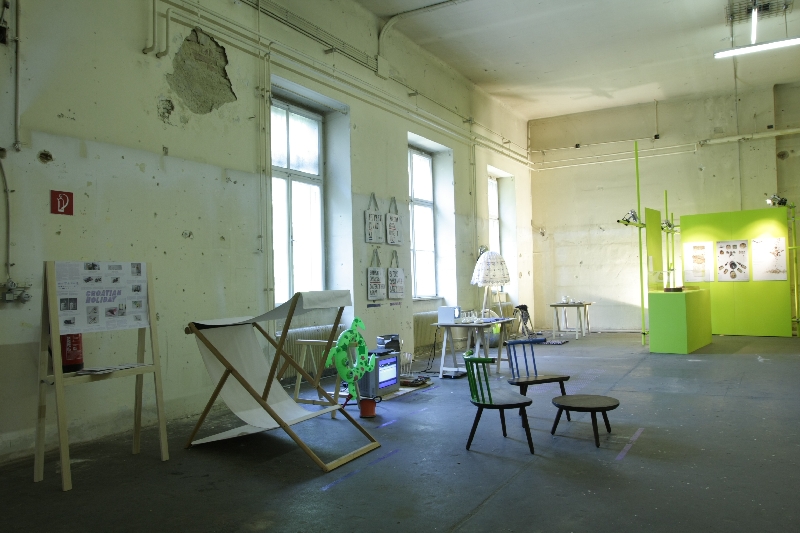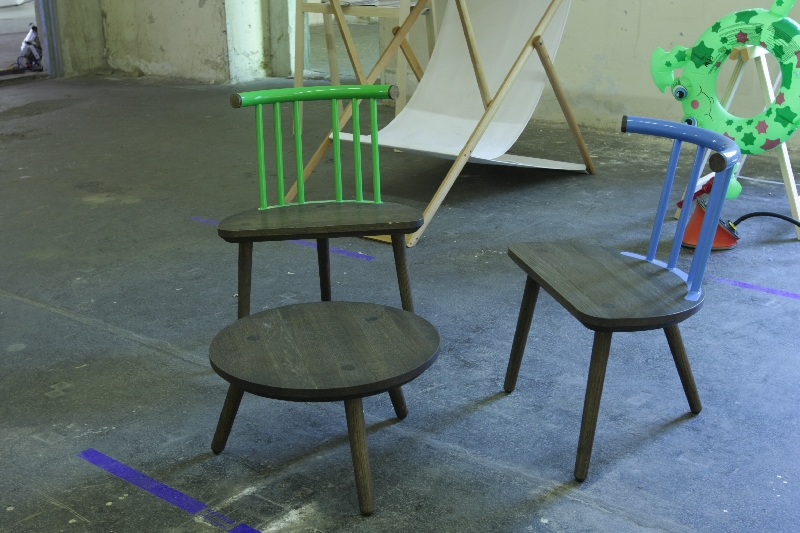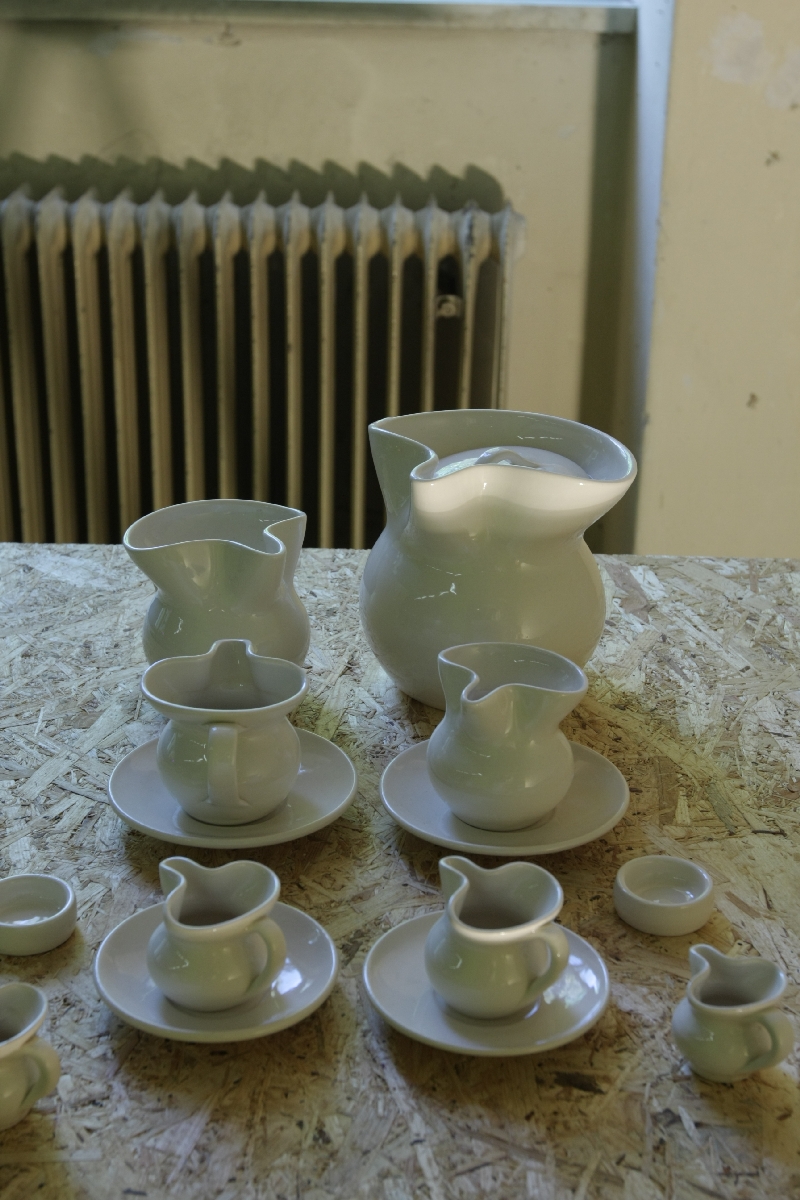We missed "Croatian Holiday 2012" when it was originally shown in Milan, and so were suitably pleased to find it on the Vienna Design Week programme.
Featuring 15 projects inspired by tourism, Croatian Holiday 2012 understands its main aim as stimulating a debate about the role, function and importance of design in tourism. Principally in Croatia, somewhat obviously.
The objects presented could, broadly speaking, be split into two groups: those that base themselves on aspects of Croatia's cultural history, and those that base themselves on (very cheap) jokes.
Both groups contained one or the other notable project, those that most caught our eye being the chair and table system Katriga by Neven Kovačić, the "warming blanket" BRRR by Manufakturist and the tote bag range "Croatia - As It Is" by Superstudio.
But do the project instigators have a point when they say that design has an important role to play in establishing cultural identity and that by incorporating contemporary designers into the tourist industry one can help establish the national identity abroad?
No. In our opinion.
Tourists aren't interested in modern interpretations of national identities. The tourist gaze isn't that well developed, isn't that mature. And never will be.
Tourists want the traditional, the expected, but mainly the things other people have and did.
In contrast people who travel to a land to discover the country beyond the tourist cliches generally share Eric Cantona's view on national identity.
What designers can do however is make the history and the modern reality of a land visible and understandable. If they want to incorporate aspects of the national identity into their work, that's fine. One just needs to define "national identity"...
Which of course isn't to diss Croatian Holiday 2012 as pointless exercise. The projects that have resulted thus far are largely excellent, and would never have seen the light of day with Croatian Holiday 2012. And who knows how far the designers will now take the experience and research.
Or how many of the resulting commercial objects may eventually be snapped up by visitors; not because of any cultural identification but because they are high quality, original objects.



